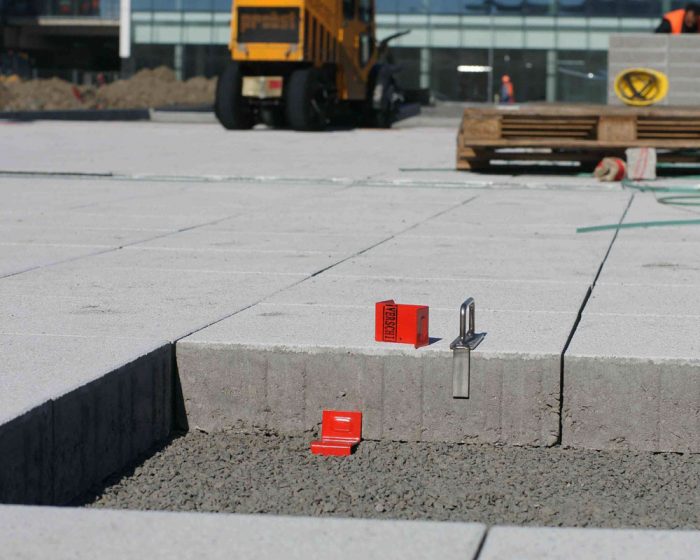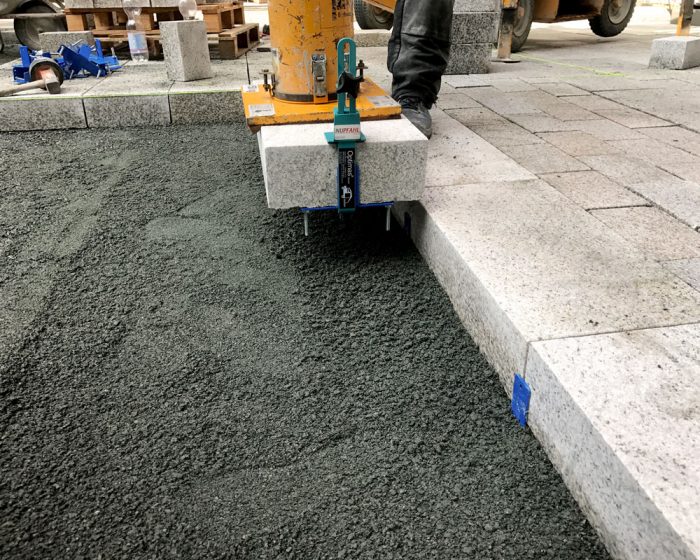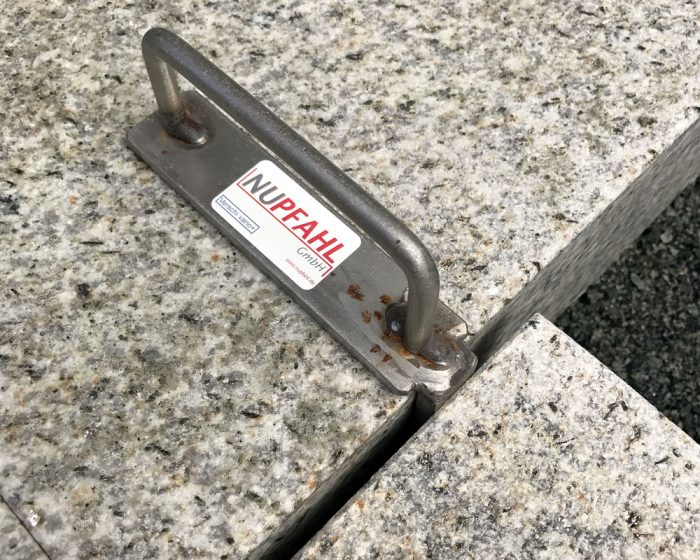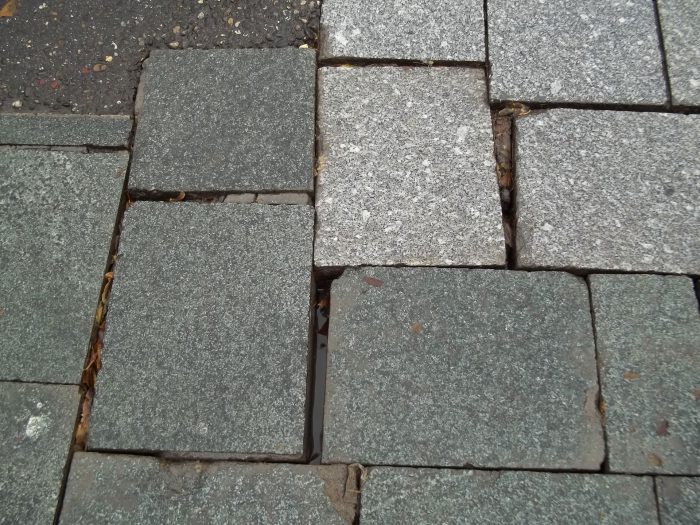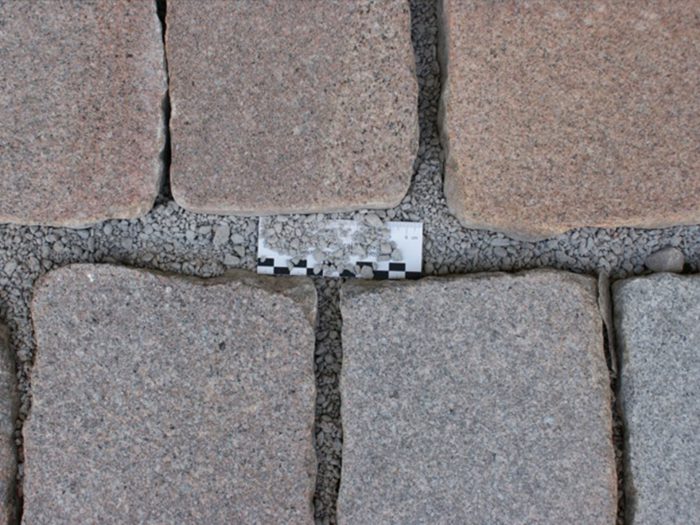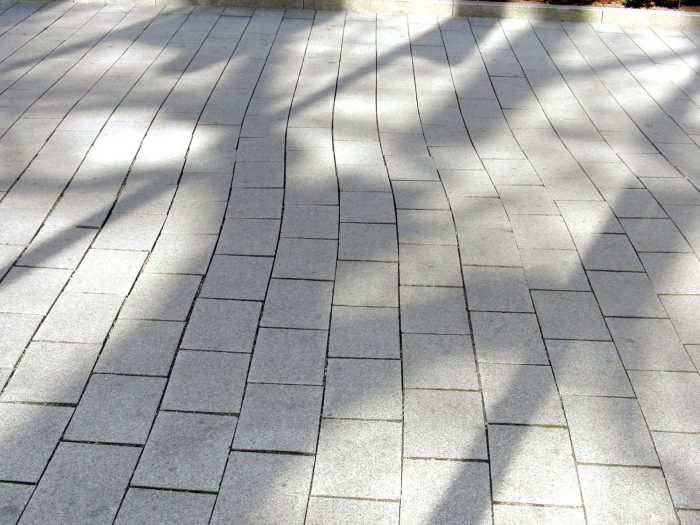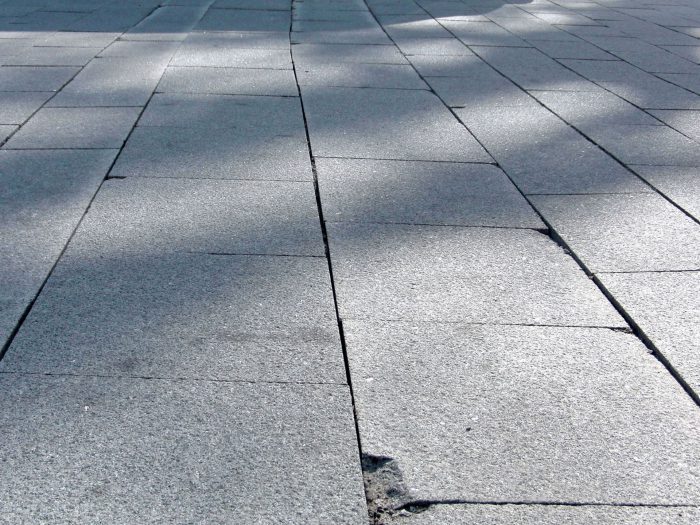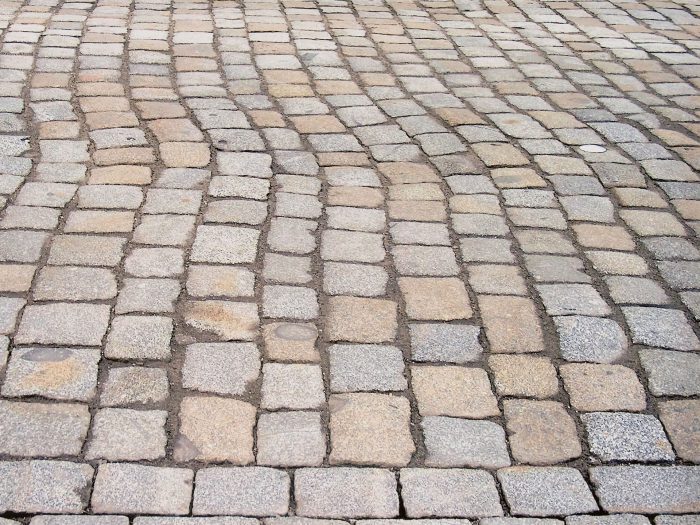Planners must plan according to “state-of-the-art” standards and companies must execute their work according to “state-of-the-art” standards.
In the regulations of the research company for road and traffic the importance of the prevention of displacements and rotations was indicated in the data sheet MFG / R2 (January 2014) “state-of-the-art”.
Notes on planning and execution
The construction company must record the displaced areas of the area as they change, and reposition them again. The problem with the situation will probably reoccur after a relatively short period of time, if this is not the case with a shifting prevention device – a permanent application! These processes demand time and money and create hassle, and also result in a damaged reputation on behalf of the company executing the work. If unintentional shifting prevention devices for hazardous areas were not taken into consideration in the planning phase, it is imperative that a concern should be reported and registered. You can find them in the section: Downloads. In the event of using shifting prevention devices, areas are protected against potential problematic displacements in a reliable manner. Displacements, rotations or the pressing and widening of the formation can therefore be prevented.
Critical and hazardous areas are, according to the RStO [German standardisation directives of circulation area superstructure areas], 12 curves, sections that are > 5% downhill, stop areas, turning points or tracking areas. The use of shifting prevention devices is essential in these areas. Only these areas are protected.
Cross-joint formations are particularly vulnerable in traffic. According to DIN 18318, these formations should be done without. However, if these formations are executed for various reasons, shifting prevention devices should be used according to the data sheet of the research company for road and traffic (FGSV).
Download tender specification text „Verschi vario +”
Help
Anchor position
Technical advice
Technical documents
– Thickness calculation
– Current regulations
– Tender specification texts, installation videos
– Technical drawings/installation
– Notes: Superstructure (VB) installation examples with „Verschis“
Claims to be avoided
Using our „Verschi vario +“ and „Verschi 485“ will prevent the following damage cases.





